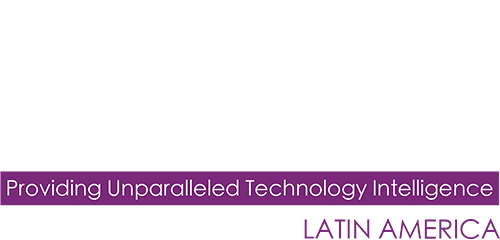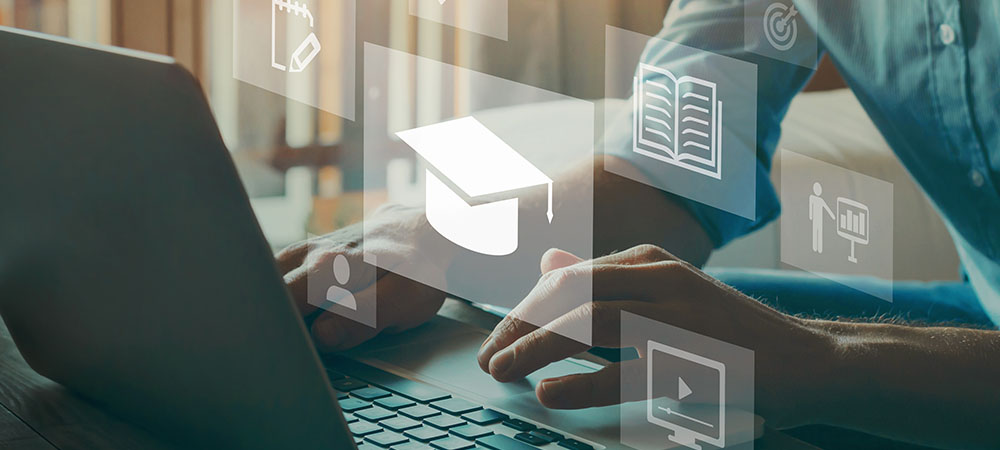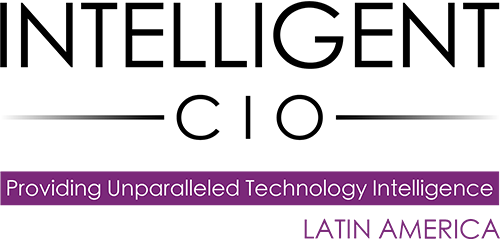Rubens Oliveira, Commercial Manager at Daten, asserts that technology has significantly evolved in classrooms, being more frequent after the period of social isolation brought on by the pandemic.

The Brazilian educational environment should undergo a significant transformation in the coming years, following the example of what is already happening in advanced countries, where more and more educational institutions are dedicating efforts to bring innovation, greater learning capacity and promote the inclusion of all students.
Technology has evolved significantly in classrooms, with more frequent adoption after the social isolation period brought about by the pandemic. Several trends are emerging, such as mobile devices, the integration of digital resources and the importance of keeping students connected.
There is for sure that the world is becoming increasingly digital, and education must keep pace with this evolution. By providing a technological environment in the classroom, educators can prepare their students to face the challenges of the job market and equip them for the new digital world.
One of the most remarkable aspects of this transformation is the inclusion of technology for students with special needs.
According to the 2022 School Census conducted by the National Institute for Studies and Educational Research Anísio Teixeira (INEP, in Portuguese), approximately 158,000 people with physical disabilities are in public and private schools in the country.
Furthermore, over 429,000 students with Autism Spectrum Disorder are enrolled in early childhood, elementary or high school education – representing a 45% growth compared to 2021 data.
With specific resources such as intuitive interfaces, improved accessibility and strong visual appeal, technological tools can be true allies in inclusive education. In this sense, devices like computers are essential to provide all students with a more engaging, exciting and adaptable experience.
Another advantage is the adaptation to the pace of learning.
With technology, educators can personalize teaching by adjusting content and activities according to each student’s demands. This personalized approach strengthens the bond between teacher and student, providing a welcoming and efficient learning environment. For instance, technology allows students with motor-related difficulties to access learning resources.
Bright and talented children and adolescents with abilities in various areas but who may struggle with motor tasks, such as handling pencils or brushes as quickly or efficiently as others of the same age, should not be deprived of educational opportunities.
Digital literacy is a significant challenge for a nation’s advancement. Through interactive activities and games, students with unique characteristics can be encouraged to explore different areas of knowledge. These tools spark curiosity in children and adolescents, fostering digital literacy from an early age and creating a dynamic learning environment.
However, it is essential to emphasize that technology should not entirely replace traditional teaching approaches. It should be considered an ally to the pedagogical plan balanced with other tools and activities. Integrating technology in the classroom should be carefully planned, taking into account educational objectives and the needs of each student.
Education 4.0, based on the concept of the Fourth Industrial Revolution (Industry 4.0), was coined by the German engineer and economist Klaus Schwab, founder of the World Economic Forum, and positions technology as a mediator of social activities including education. It involves new teaching and learning strategies for 21st-century skills such as critical thinking, creativity, collaboration and problem-solving. The focus is on valuing lifelong learning, encouraging students to become autonomous learners and preparing them for a constantly changing world.
In this context, several trends are shaping the educational landscape. One of them is the adoption of online learning platforms, such as Massive Open Online Courses (MOOCs), which allow students to access high-quality educational content from anywhere and at any time. These platforms offer a wide range of resources and learning opportunities, making education more accessible and flexible.
With the increasing use of mobile devices, laptops and tablets, mobile learning is becoming more widespread. Students can use specific educational apps to access interactive learning resources, watch video lectures, take notes and participate in online discussions. Mobile learning offers greater flexibility and autonomy, allowing students to learn at their own pace and anywhere they want.
Technology can undoubtedly be a fundamental ally in the teaching process, especially for students who need specific and specialized educational support. However, educational institutions must invest in modern equipment, devices and technological resources to make a difference in students’ learning. With solutions tailored to educational demands, schools can access quality technologies that enrich the classroom experience.
Current educational trends include online collaboration among students, the use of technologies such as Virtual and Augmented Reality, the application of Artificial Intelligence (AI) for personalized learning and the use of gamification to engage students. These trends transformed education delivery, offering more collaborative, immersive, personalized and interactive learning opportunities.
However, it is important to remember that the presence of digitally literate teachers remains essential to guide and facilitate the learning process of Brazilian children and adolescents. For a country to grow, it needs excellent education.
Click below to share this article

